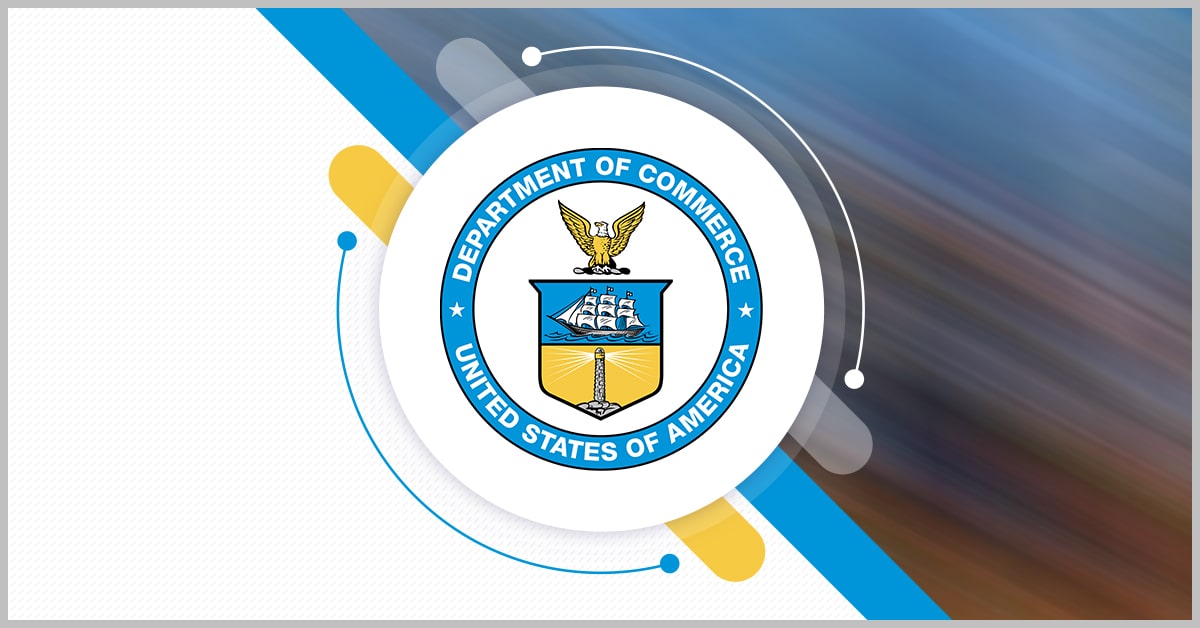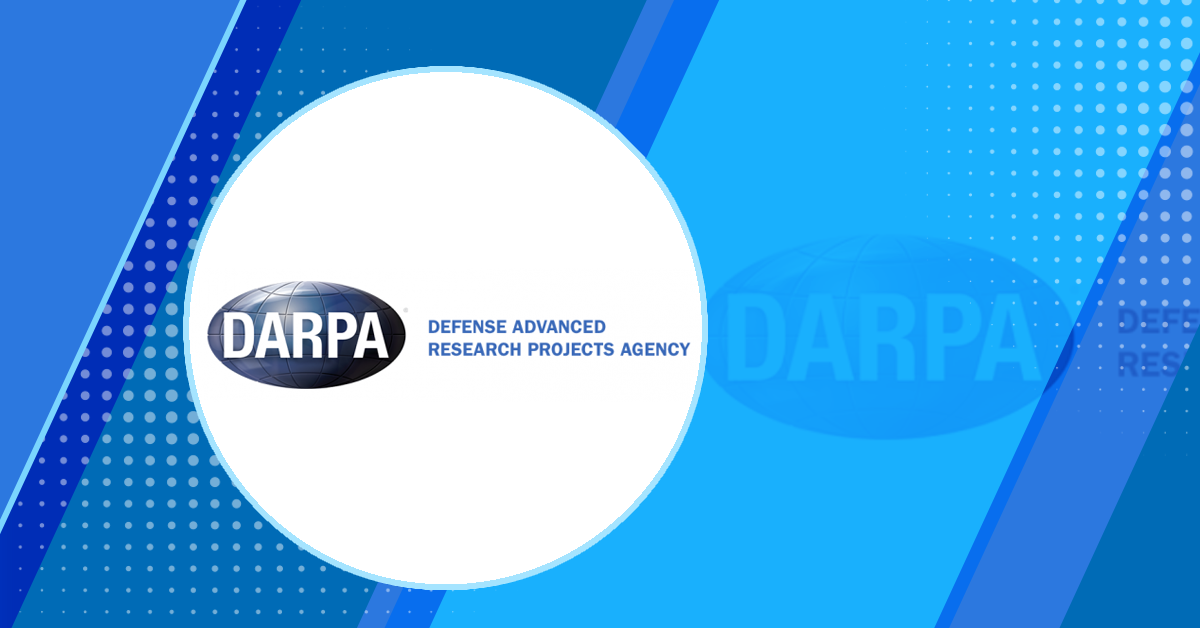The U.S. Army has developed the Army Materiel Command Predictive Analysis Suite, or APAS, to facilitate easier information exchange with the Defense Logistics Agency and address supply chain issues.
APAS, which became operational in December 2024, enables the Army to track DLA’s timeline for parts delivery and the agency’s acquisition budget, Defense One reported Friday. The data-sharing tool allows the service to better manage parts inventory to ensure that its weapons systems remain operational.
Table of Contents
Enhanced Supply Chain Management
At a Wednesday news briefing, Richard Martin, director of supply chain management at Army Materiel Command, noted that APAS provides the information that DLA needs to make procurement decisions for the Army. “It lets DLA recognize what we are ultimately consuming,” he explained.
Following the suite’s introduction, the Army and DLA started a data-sharing working group and implemented the system with application programming interfaces, or APIs, that allow the organizations to view supply needs and availability. Kristin French, deputy director of logistics operations at DLA, said APIs enable the agency to predict the Army’s future acquisition requirements.
Using Data Performance Metrics
Data-sharing helps the Department of Defense address sustainment and logistics, according to Steven Morani, the acting secretary of defense for sustainment. Currently, the agency employs ADVANA, a data analytics platform, which accelerates its ability to deploy weapons systems performance data into a shared environment. The DOD will use data performance metrics to understand consumption rates and supply materiel to military forces in advance, said Morani, who will speak at the Potomac Officers Club’s 2025 Defense R&D Summit on Jan. 23.

Join the Potomac Officers Club’s 2025 Defense R&D Summit on Jan. 23 to hear key DOD officials discuss the development of advanced defense tech, such as unmanned systems. Register now to attend this important event!












